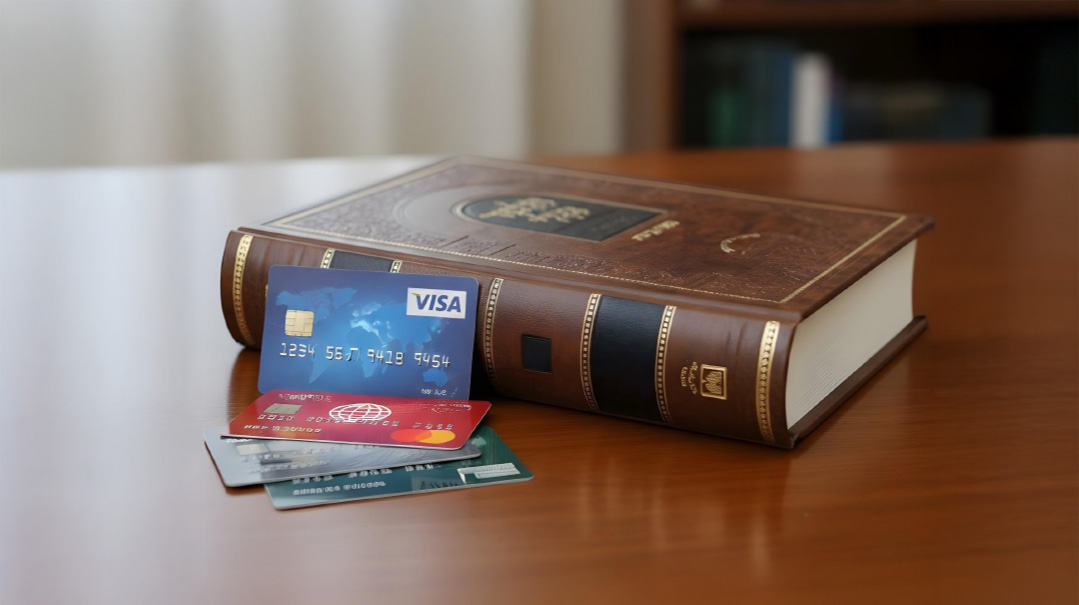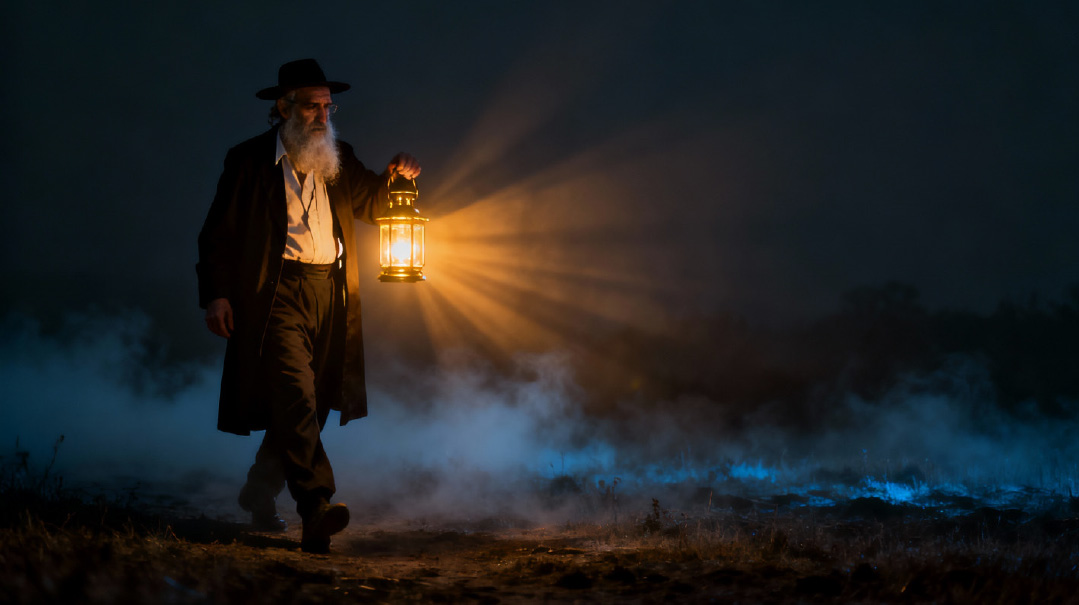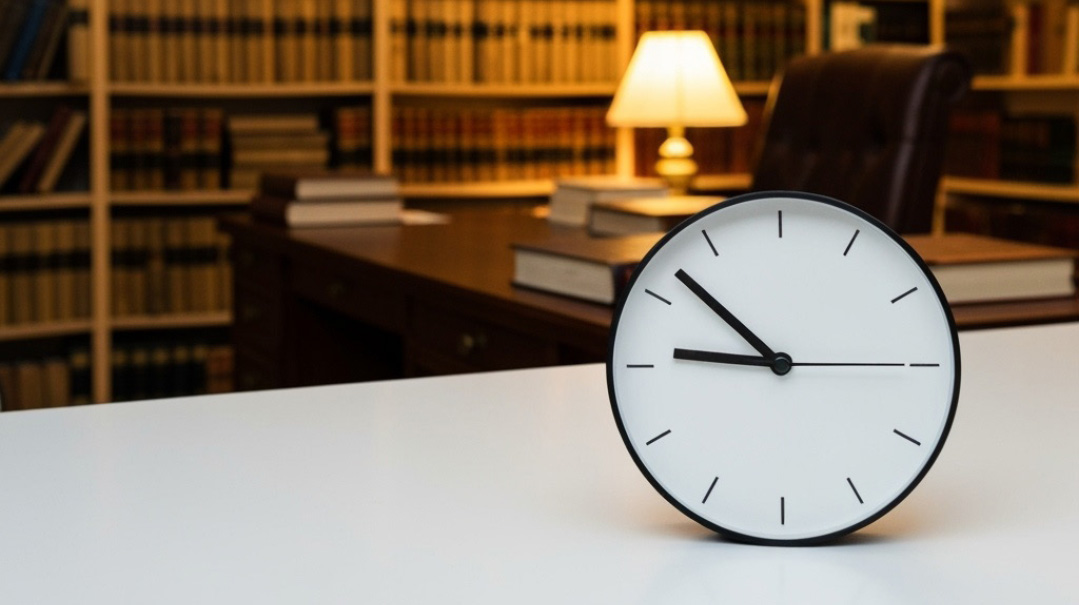Yom Kippur in Isolation
| September 9, 2021
For most of us, Covid restrictions made last year’s Yom Kippur very different from any we had experienced in the past. Many went without their usual makom kavua; davening was outdoors, and even if it was indoors, seats were spaced far apart. In many cases, the pace was much faster and the tzibbur was smaller than usual. With the increase in minyanim, many untrained baalei tefillah took the amud, some of whom were not proficient in nusach and did not know the tunes the tzibbur is accustomed to. All of this led to a Yom Kippur that looked, felt, and sounded different from anything we remember.
For me personally, last Yom Kippur held one additional difference: I was completely alone. No one was with me, not even my children. I was quarantined because one of my children had tested positive for COVID-19 right before Yom HaKadosh. I davened in my dining room, with no tzibbur, no chazzan. I could hear only my own very often off-key voice.
Nonetheless, as I sat down to eat on Motzaei Yom Kippur and looked back on my day, I realized just how special it was. I wouldn’t wish such a Yom Kippur on anyone, but spending the day alone had real value — it made my experience of Yom Hakadosh even more meaningful. Here are some things I noticed.
I was able to daven at my own pace. I did not feel rushed to finish Shemoneh Esreh; no one was waiting for me to finish. I did not look at the clock for almost the entire day. Fortunately, I took a peek right as I was about to finish Shacharis, and realized that the time for Minchah was approaching. I realized then that I had to rush; I didn’t want to enter the sh’eilah of what to say first, Minchah or Mussaf, when one is davening b’yechidus.
When I encountered something I did not grasp, I was able to look into seforim and uncover the meaning of the pasuk or line in the piyut that I did not understand. I began to wonder: How could it be that for so many years I failed to even notice difficulty with the text?
I was for the first time able to read the commentary in the machzor. I never understood why they publish machzorim with commentary. Who has time to read it? Last year I had the time.
I was able to say as long a Vidui as I liked. For the first time, I opened the Vidui of the Chida I have had on my shelf for many years. Many lines seemingly did not apply to me, or to anyone that I could imagine. However, I recognized just how many of the lines did apply to me. I was able to think of the underlying character flaws that lead to so many of the things for which I genuinely had to be misvadeh. At first, I was cynical about the Kabbalistic ideas the Chida includes in his Vidui; then I realized that cynicism is yet another thing for which I must say Vidui.
My father tells me that he remembers people really crying in shul on Yom Kippur. In our world we are too self-conscious or emotionally repressed to genuinely cry. Personally, I can and sometimes do cry in shul on Yamim Noraim. But I am always embarrassed for doing so. This Yom Kippur I wasn’t. I could say my personal bakashos in an audible voice. I cried when I articulated what I believe my family and I really need.
There is a lot that you can recite when davening b’yechidus; in fact, it can closely approximate what is done with a minyan. You can say all the piyutim, and sing them to whichever tunes you like. However, certain things could not be replaced.
I am not referring to the parts of tefillah where halachah requires a minyan — Kaddish, Kedushah, and Barechu. Those go without saying. I am talking about the parts I could say alone, but whose words felt empty absent the koach hatzibbur.
I was able to say Yud Gimmel Middos Harachamim, albeit with trop. But it just wasn’t the same. Especially at Ne’ilah, the screaming of the mispallelim around me was deeply missed. The power of kabbalas ol malchus Shamayim at the end of Yom Kippur really comes through best in a multitude. Who can forget the kabbalas ol malchus Shamayim at the Siyum HaShas? For such davening, the larger the tzibbur, the better. Without any tzibbur supporting us, the void is acutely felt.
As the day progressed, I came to realize that perhaps spending Yom Kippur in isolation is really appropriate. The most sublime moment of the day’s avodah in the Beis Hamikdash took place when the Kohein Gadol was all alone in the Kodesh Hakodoshim. The moment we invoke time and time again during Yemei Harachamim is when Moshe Rabbeinu stood alone in the cleft of the rock as Hashem transmitted the Yud Gimmel Middos Harachamim. That too took place on Yom Kippur. That too occurred in solitude.
The major theme of Yom Hakadosh is that we are omed lifnei Hashem, standing alone before the Eibeshter. The taharah we yearn for occurs when we are in yechidus, in solitude, with the Ribbono shel Olam. We are not supposed to be self-conscious, looking over our shoulders. The Yom Kippur experience is private and intimate.
The purpose of reciting Vidui on Yom Kippur is not only to articulate our chata’im. As Rambam notes at the very beginning of Hilchos Teshuvah, Vidui must be recited with the mindset that we stand alone before the Ribbono shel Olam.
According to Rav Chaim, the essential kavanah in tefillah, without which we do not fulfill our most basic obligation to pray, is that we are omed lifnei Hashem. The focus of our Yom Kippur davening should be to bring us even closer to Him. We daven and recite Vidui to enter that special inner sanctum of solitude, that private space we call Lifnei Hashem.
Too often our Yom Kippur experience is akin to what Yonah Hanavi attempted — fleeing milifnei Hashem, running away from this special sanctum of solitude. Too often we are too scared to stand alone before the Ribbono shel Olam. I don’t recommend it, but a Yom Kippur spent in isolation, alone with only the Ribbono shel Olam, can be a very powerful and uplifting experience.
Rabbi Ezra Schwartz is a rosh yeshivah in Yeshivas Rabbeinu Yitzchak Elchanan (RIETS), where he also serves as the associate director of the semichah program. He served as the rabbi of Mount Sinai Jewish Center in Washington Heights from 2009 through 2019.
Originally featured in Mishpacha, Issue 877.
Oops! We could not locate your form.






